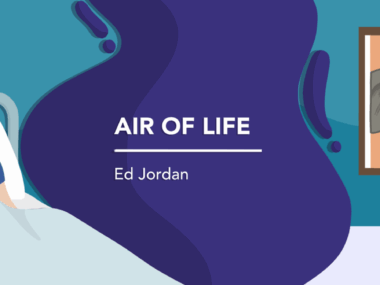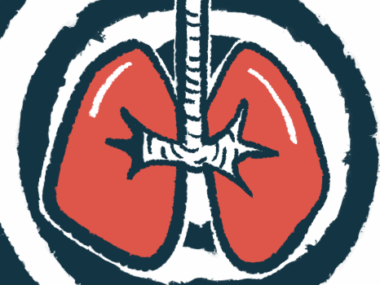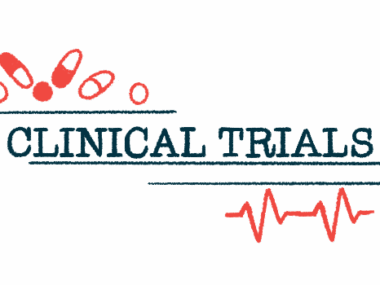My Temporary Foray into the Visible Realm of an Invisible Illness
Written by |

Cystic fibrosis is, for the most part, considered an invisible illness. Shortness of breath isn’t visible. Pain in our joints and the discomfort of digestive issues may show on our faces, but those symptoms aren’t represented by the aids and devices typically associated with disability or disease. While there are advantages and disadvantages to this invisibility, it’s a transient state — sooner or later, your cystic fibrosis will become visible.
For some, this takes the form of an oxygen tank. For others, it’s a PICC line. I contemplate the line between being visible and not as I sit here with a fresh PICC. And I think about how I feel when I cross that border.
It’s not all negative. Having people realize that you don’t conform to the usual standards of being healthy can be incredibly validating. You know that you can park in an accessible parking space without drawing stares. You have freedom from harassment. You don’t need to say, “Hey, I can’t keep up right now, can you slow down?” You experience more kindness: Doors are held open, smiles are more plentiful. It almost feels wrong to enjoy the treatment, but sometimes making the best out of a bad situation is all you can do. Take the kindness and the smiles — they may be based on pity, which is never a nice feeling, but it’s also a bulwark of benevolence when you’re feeling at your most vulnerable.
Then there are the stares. The socks that the infusion center give are noticeable; white fishnets on your arm are a fashion statement that shouldn’t be repeated. The lumens poke through, and the caps that keep the line sanitary are brightly colored against the holes of the white netting. The sock can slip down your arm, revealing the edges of bandaging or even the insertion site itself. Depending on where your line is placed, you may hold your arm awkwardly, stretching it out conspicuously. When you walk into a room, heads turn to look at you. Your PICC is hard to miss, and though people usually look away, you notice that they looked in the first place, staring for just a beat too long.
The pity can be hard to take and can reach a point where it becomes overwhelming and grating. You want to be a fully realized individual rather than an object of pity. However, it’s difficult to explain that to well-meaning strangers. It’s complicated. When does compassion become excessive and begin to affect your mental health?
Becoming visible isn’t an easy process, even if it’s only a temporary foray into that realm. We can walk this path and find our balance — the positive in the negative — while allowing ourselves room to feel frustrated. I have two weeks of my PICC line left. I’ll do my best to navigate this world — that’s all I can do.
***
Note: Cystic Fibrosis News Today is strictly a news and information website about the disease. It does not provide medical advice, diagnosis, or treatment. This content is not intended to be a substitute for professional medical advice, diagnosis, or treatment. Always seek the advice of your physician or other qualified health provider with any questions you may have regarding a medical condition. Never disregard professional medical advice or delay in seeking it because of something you have read on this website. The opinions expressed in this column are not those of Cystic Fibrosis News Today, or its parent company, Bionews Services, and are intended to spark discussion about issues pertaining to cystic fibrosis.







Leave a comment
Fill in the required fields to post. Your email address will not be published.